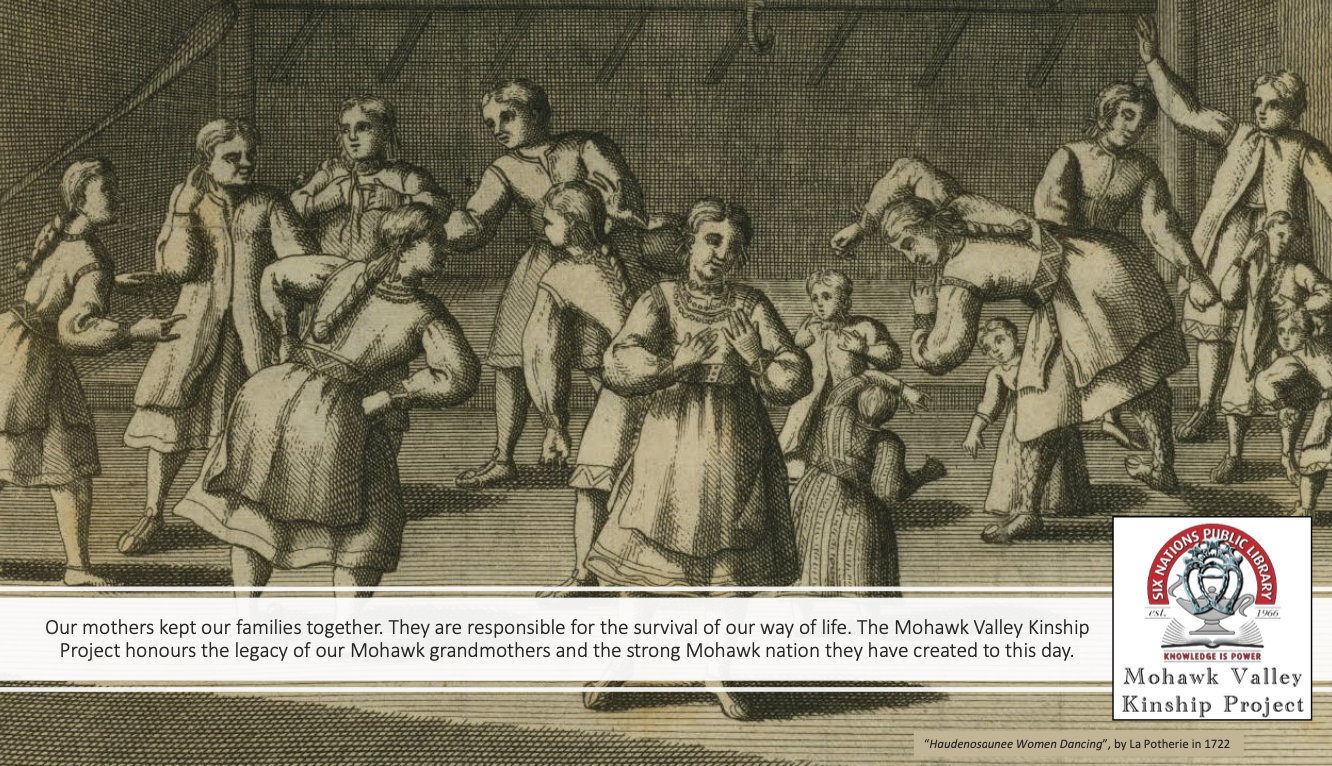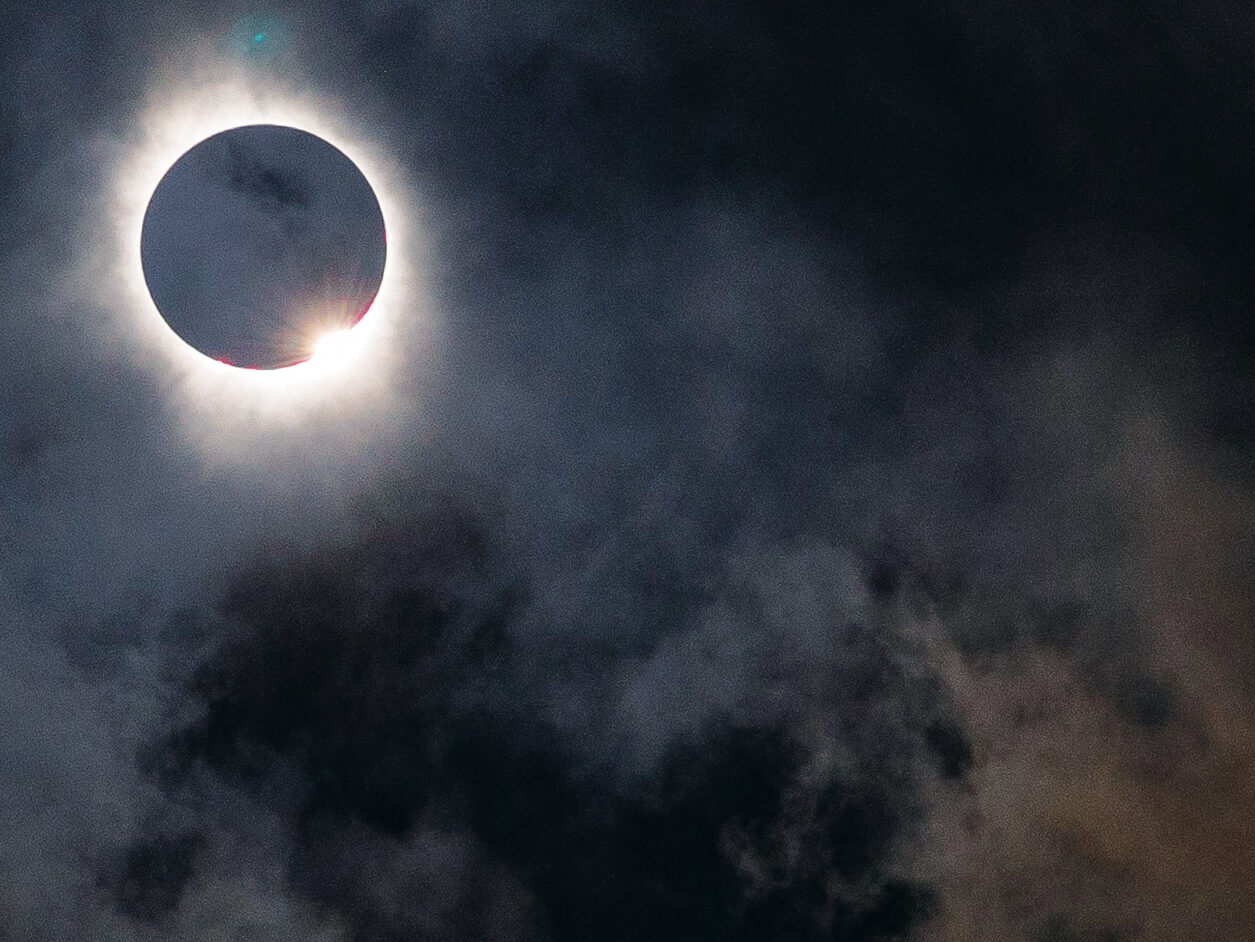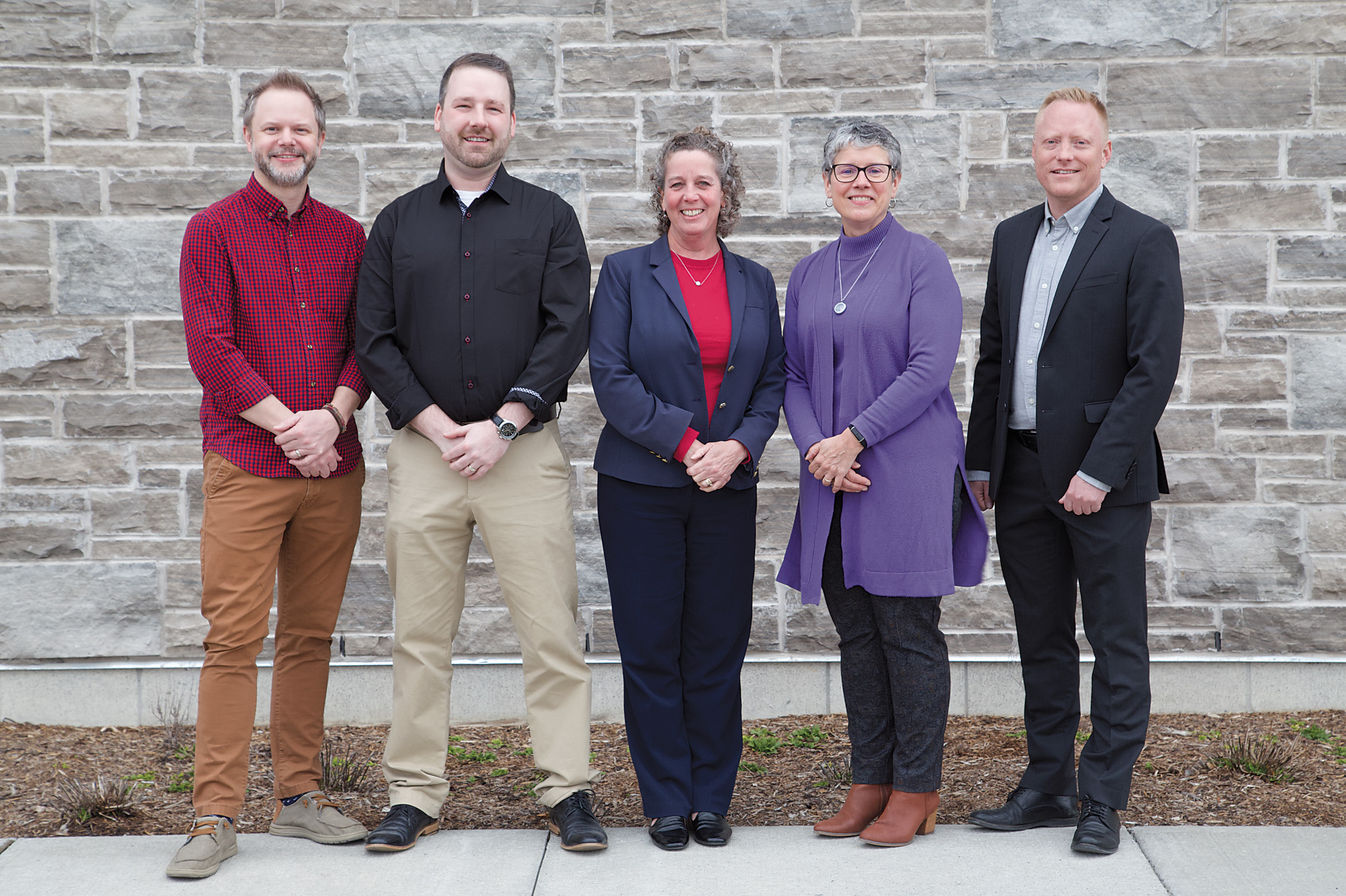
By Mike Renzella
The Haldimand Press
SIX NATIONS—Those interested in local Indigenous history will have the opportunity to access a wealth of newly researched information on the roots of two local clans dating back roughly 350 years through the Mohawk Valley Kinship Project, funded by the Ontario Trillium Foundation.
Brant MPP Will Bouma was on hand with Six Nations Public Library CEO Feather Maracle and researcher Dakota Brant at an event announcing public access to the research last Thursday.
“This project is quite some time in the making,” read a press release on the project.
The research was conducted using a variety of methods. Maracle provided The Press with an overview of the findings, which traced both the Grand River and Bay of Quinte Mohawk clans and their connections to ancestral communities in the Mohawk Valley using publicly available records.
“We have 14 clan lineage trees currently available for view at the Six Nations Public Library. These lineages will be living documents as additional information becomes available,” said Maracle, who noted that an additional 21 clans are currently still in the research stage and will be made publicly available once completed.
So far, the compiled research has only been made available for viewing at two separate community events. The announcement marks the first time it is fully available for public access.
Maracle explained how the research process differed for anything pre-1885. The first Christian records from the Mohawk Valley area date back to the 1680s, with the establishment of two churches, the First Church of Albany (Dutch) and Indian Castle Church. Between 1650-1720, the area experienced a host of hardships, including cholera and other epidemics and warfare with the Huron Confederacy. The period marks some of the first known recordings of baptisms and marriages within local Indigenous communities of the day.
The period between 1720-1780 saw increased immigration to the Mohawk Valley and several historically significant battles, including the French Indian War (1754-1763), the American Revolution (1765-1791), and the Revolutionary War (1775-1783).
By 1784, the Haldimand Tract was in place and resettlement efforts were underway along the Grand River, led by Joseph Brant. According to the compiled research, during this time many Mohawk families sheltered in the Fort Niagara region, leading to “great loss of life due to suffering and starvation,” while other families were forced from their homelands and ended up in Lachine, Quebec.
According to Maracle, during this time many families from the two clans inter-married and moved between the two, creating numerous lineages that are tied together in “one way or another.”
During the War of 1812, several war parties are documented as coming from Akwesáshne, Kahnawà:ke, Kanehsatà:ke Mohawk territories to fight in Niagara-region battles against the Americans. These parties brought entire families with them, including women and children.
According to the project, many modern Mohawk clan families descend from “women purportedly born in these territories around this period.”
While the study notes that more genealogical research is required for this period, it posits that it is possible many of today’s clan members are descendants of these war parties.
As for the records, in pre-1876 Mohawk Chapel Records women are mostly identified by their true nations in marriage and baptism records, while after the Indian Act of 1876, male-oriented band systems began under a new federal system of Indian status recognition. During this transitional period, incorrect documentation of the nationhood of Six Nations people causes “great confusion and disruption of clanship as per our ancestral matrilineal systems.”
Maracle noted how 1885 was a foundational year, “The Seth Newhouse manuscript has the ‘clanmother’s roster’ and ‘chief’s list’, both created by HCCC (Haudenosaunee Confederacy Chief’s Council) on August 4, 1885. This document is the foundation of many peoples’ understanding of clan lineages today. We use records in tandem with these lists to learn about their clan lineages.”
The document served as the foundation for the research project post-1885.
To access the wealth of knowledge provided through the Mohawk Valley Kinship Project, visit the Six Nations Public Library, open Monday-Saturday at 1679 Chiefswood Road, Ohsweken.






